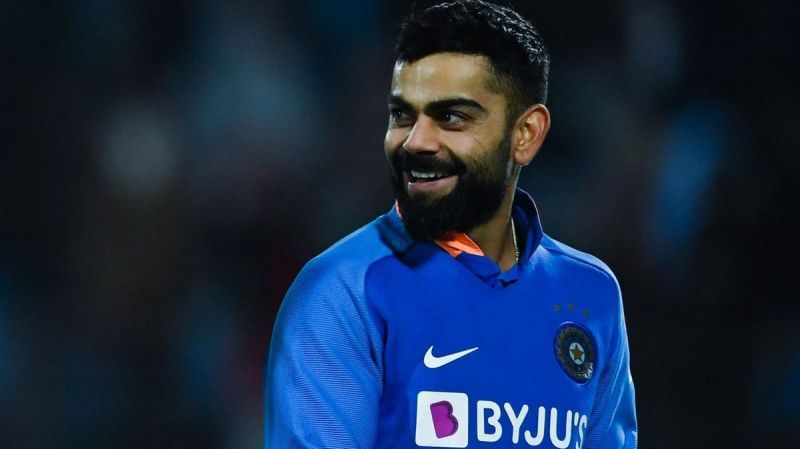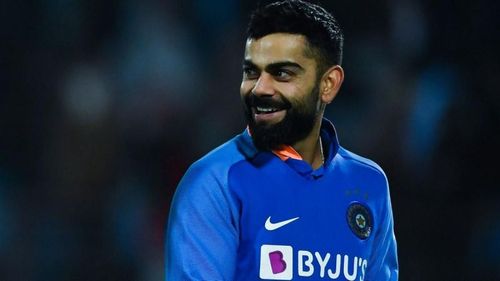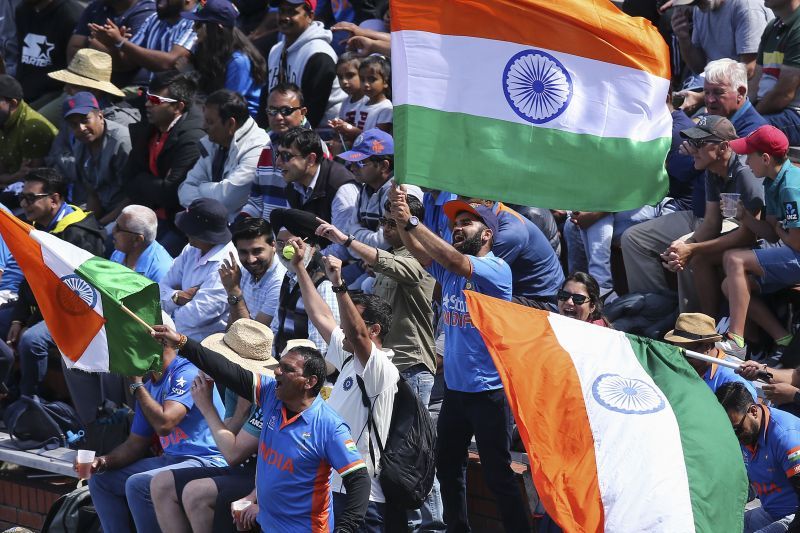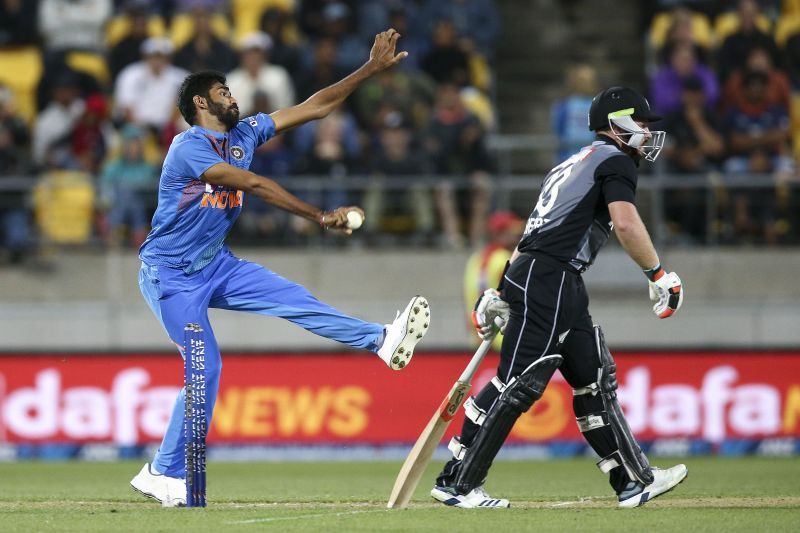
Opinion: Do bilateral ODI series in the T20 World Cup year really fit in the scheme of things?

How relevant are bilateral ODI series in 2020 when the ICC T20 World Cup is coming up later on in the year? This is the question floating around in cricketing circles as India gets ready to take on South Africa in a three-match ODI series at home just a few days after completion of a long and tiring tour of New Zealand.
Is this series going to help India in any substantial manner?
With the ICC T20 World Cup in October-November in Australia, the BCCI should have focused primarily on T20Is rather than squeeze in an ODI series that neither adds too much value for the cricketers involved nor will it help teams find the right combinations for T20Is. Only by playing more T20Is can India be in the best possible position to get back the World T20 that they won way back in 2007.
The comments made by Virat Kohli post the 0-3 drubbing against the Kiwis in the ODI series where he said, “Winning or losing ODI series doesn't have much relevance with the T20 World Cup coming up.”, isn't completely misplaced. There is so much cricket being played by every team that they are constantly travelling and keeping these factors in mind, cricket boards must contemplate reducing bilateral ODI series that lack value or prestige.

Interest levels of cricket fans could be tested in the long run because of haphazard scheduling. New Zealand take on Australia for the Chappell-Hadlee Trophy almost two months after completion of their Tests and T20Is series ended. Similar is the situation with India taking on South Africa in three ODIs to complete their 2019-20 home season which had the Proteas visit late in 2019 to contest Tests and T20Is.
Cricket boards and administrators need to keep the audiences engaged and remember that increasingly, more people are preferring the T20Is over ODIs. There has to be a clear purpose for bilateral ODIs.
Why is it necessary for the big guns to be a part of every bilateral series?

It is quite understandable for teams to put out their best playing XI for every series. But when you have a high profile T20 tournament like the IPL coming up and the bigger marquee trophy – the T20 World Cup on the horizon, the question to be asked is why are the selectors and administrators persistent with picking all high profile players for a bilateral series like the one against South Africa.
This series sees the return of Hardik Pandya and Bhuvneshwar Kumar into Indian colours. This is ideally what this series should be used for - pick players who are fit and returning from injuries and try out some young talent knocking on the doors of the national side. Only when they have been tested in Indian conditions will the team management have faith in picking them for overseas assignments.
Follow Sportskeeda for more Cricket news.
Looking at the workload management aspect, players like Jasprit Bumrah and Virat Kohli should have been given an opportunity to take the series off and use that time to train and tighten the areas of concern which are bothering their game at the NCA. Of course people coming into the grounds for the ODIs against South Africa will be thrilled to see Kohli and Bumrah play.
But the larger question needs to be addressed - how will this avoid player burnout? How can you manage players workload without affecting the overall team composition and not compromising with the results? The Indian board certainly needs to consider this aspect more seriously as one thing was pretty evident as the tour to New Zealand was nearing its end - there was a lot of player fatigue.
The haphazard nature of the itinerary has not been helpful to any party involved.
Also read | India vs South Africa 2020: 5 players to watch out for in the ODI series